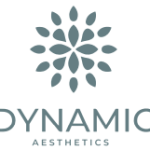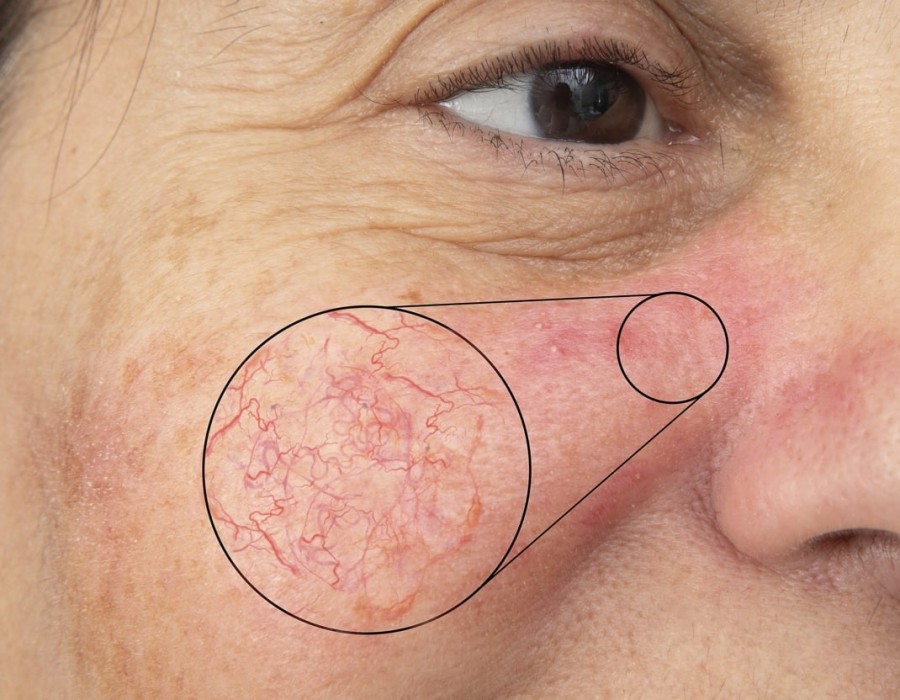Broken capillaries on the face, also known as spider veins or telangiectasia, are tiny blood vessels that become visible on the skin's surface. They often appear as red, purple, or blue lines and can create an uneven skin tone. While these capillaries pose no serious health risks, they can be a cosmetic concern for many people. Various treatments and lifestyle changes can help reduce or eliminate the appearance of broken capillaries, restoring a clearer complexion. For those seeking more advanced solutions, Facial Capillary Treatment Dubai offers modern and effective techniques to address this concern.
Understanding Broken Capillaries on the Face
Broken capillaries occur when small blood vessels beneath the skin's surface dilate or break. This can be caused by a range of factors, including genetic predisposition, environmental exposure, lifestyle habits, and skin conditions. These visible blood vessels most commonly appear on the cheeks, nose, and chin.
Causes of Broken Capillaries
- Sun Exposure: Prolonged UV radiation can weaken blood vessel walls, causing them to break.
- Genetics: If your family members have broken capillaries, you are more likely to develop them.
- Aging: As skin loses elasticity with age, blood vessels become more fragile and prone to breaking.
- Temperature Changes: Sudden shifts between hot and cold environments can cause capillary expansion and rupture.
- Alcohol Consumption: Alcohol dilates blood vessels, leading to increased redness and the potential for broken capillaries.
- Skin Trauma: Aggressive facial treatments or chronic rubbing can damage the capillaries.
- Medical Conditions: Conditions like rosacea can increase the risk of broken capillaries.
Effective Treatments for Broken Capillaries
Treating broken capillaries involves both professional interventions and at-home remedies. While professional treatments offer quicker and more visible results, at-home remedies can support skin health and prevent future damage.
Laser Therapy
Laser treatment is one of the most effective ways to eliminate broken capillaries. This method uses focused light energy to target and collapse the visible blood vessels without damaging the surrounding skin. Over time, the body absorbs the treated capillaries, reducing their appearance.
Popular Types of Laser Therapy:
- Pulsed Dye Laser (PDL): Effective for red and purple capillaries.
- Intense Pulsed Light (IPL): Suitable for broader areas and different skin tones.
- YAG Laser: Penetrates deeper layers, ideal for stubborn or deeper capillaries.
Topical Treatments
Certain creams and serums can help reduce redness and strengthen blood vessels. Look for products containing:
- Vitamin K: Helps to reduce bruising and repair damaged capillaries.
- Arnica: Reduces inflammation and promotes healing.
- Niacinamide: Improves skin elasticity and reduces redness.
- Green Tea Extract: Calms irritation and protects against environmental damage.
Sclerotherapy
Although commonly used for larger veins on the legs, sclerotherapy can treat facial capillaries in some cases. This procedure involves injecting a solution directly into the blood vessel, causing it to collapse and eventually be reabsorbed.
Electrocautery
Electrocautery uses a small electric current to destroy broken capillaries. While effective, it may cause temporary redness or scabbing during the healing process.
Preventing Future Broken Capillaries
Preventive measures play a crucial role in maintaining healthy skin and minimizing the recurrence of broken capillaries.
- Sun Protection: Always wear sunscreen and a wide-brimmed hat when outdoors.
- Gentle Skincare: Avoid harsh treatments and aggressive facial massages.
- Balanced Diet: Maintain a diet rich in vitamins and antioxidants to support skin health.
- Limit Alcohol and Smoking: Both can weaken blood vessels and exacerbate redness.
- Regular Dermatologist Checkups: Routine skin evaluations can catch and treat concerns early.
When to Seek Professional Help
If broken capillaries persist despite home care or if they cause significant cosmetic distress, professional treatments may be necessary. Dermatologists can provide personalized solutions based on your skin type and the severity of the capillaries.
FAQs About Treating Broken Capillaries on the Face
1. Are broken capillaries permanent?
Without treatment, broken capillaries may not go away on their own. However, professional treatments like laser therapy can significantly reduce their appearance or eliminate them entirely.
2. Can broken capillaries return after treatment?
Yes, new broken capillaries can form over time, especially if you continue to be exposed to triggers such as sun damage or temperature changes. Consistent preventive measures can help maintain results.
3. Is laser treatment for broken capillaries painful?
Most patients describe laser treatment as mildly uncomfortable, like a snapping rubber band against the skin. Numbing creams are often used to minimize discomfort.
4. How long does it take to see results from treatments?
Results vary depending on the treatment. Laser therapy typically shows improvement after 1-3 sessions, while topical treatments may take several weeks of consistent use.
5. Can I treat broken capillaries naturally?
While natural remedies can reduce redness and inflammation, they are unlikely to completely remove broken capillaries. Professional treatments offer more definitive results.
6. What should I avoid after treatment?
Avoid sun exposure, hot showers, and strenuous exercise for at least 48 hours post-treatment to prevent irritation and support healing.
Conclusion
Broken capillaries on the face can be a persistent cosmetic concern, but various effective treatments and preventive strategies can help manage their appearance. From advanced laser therapies to gentle skincare and lifestyle adjustments, addressing broken capillaries is achievable with a comprehensive approach. Seeking professional advice ensures the best outcomes and long-lasting results in maintaining clear and healthy skin.






Comments